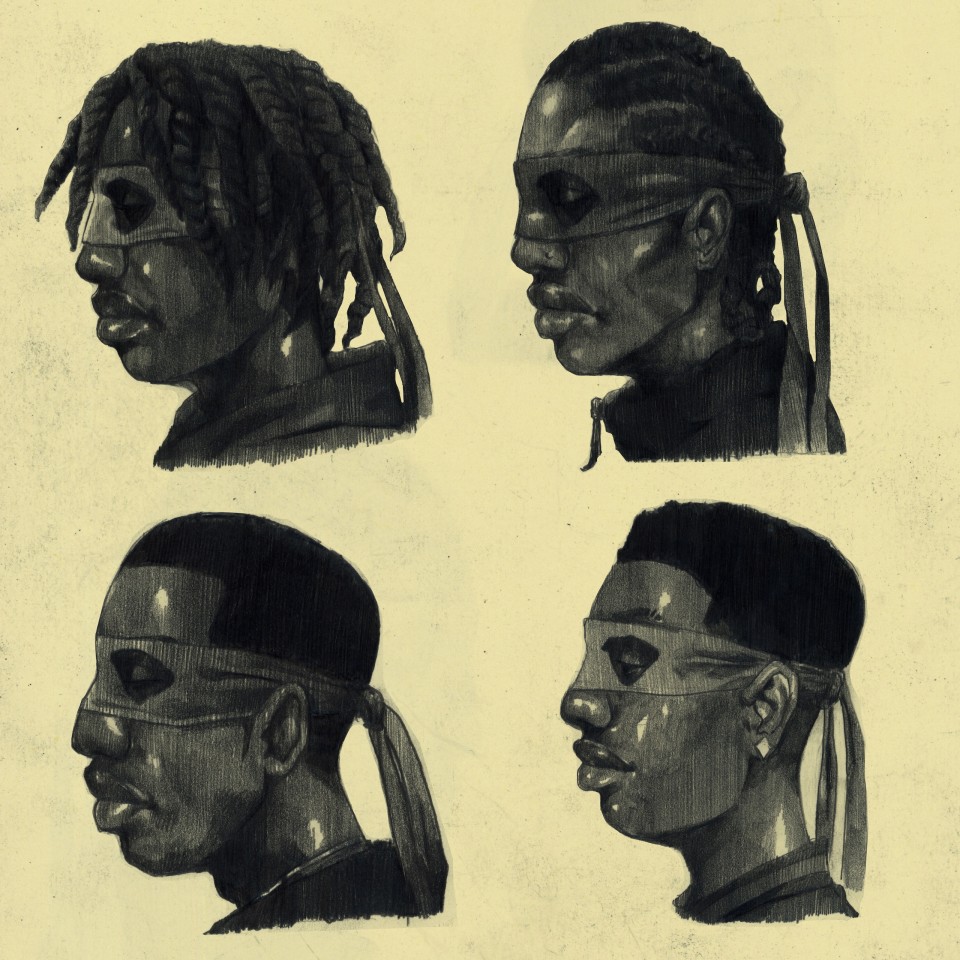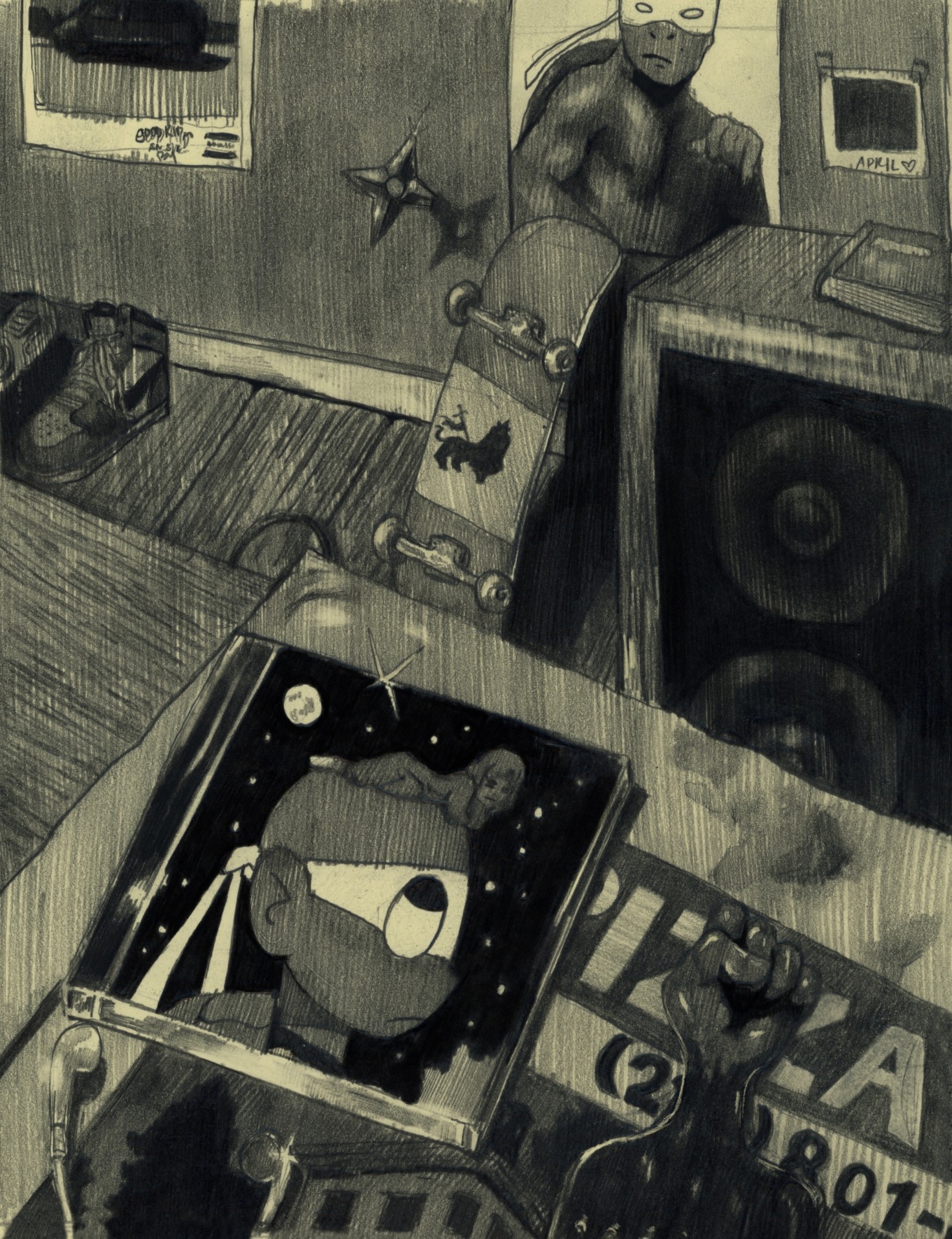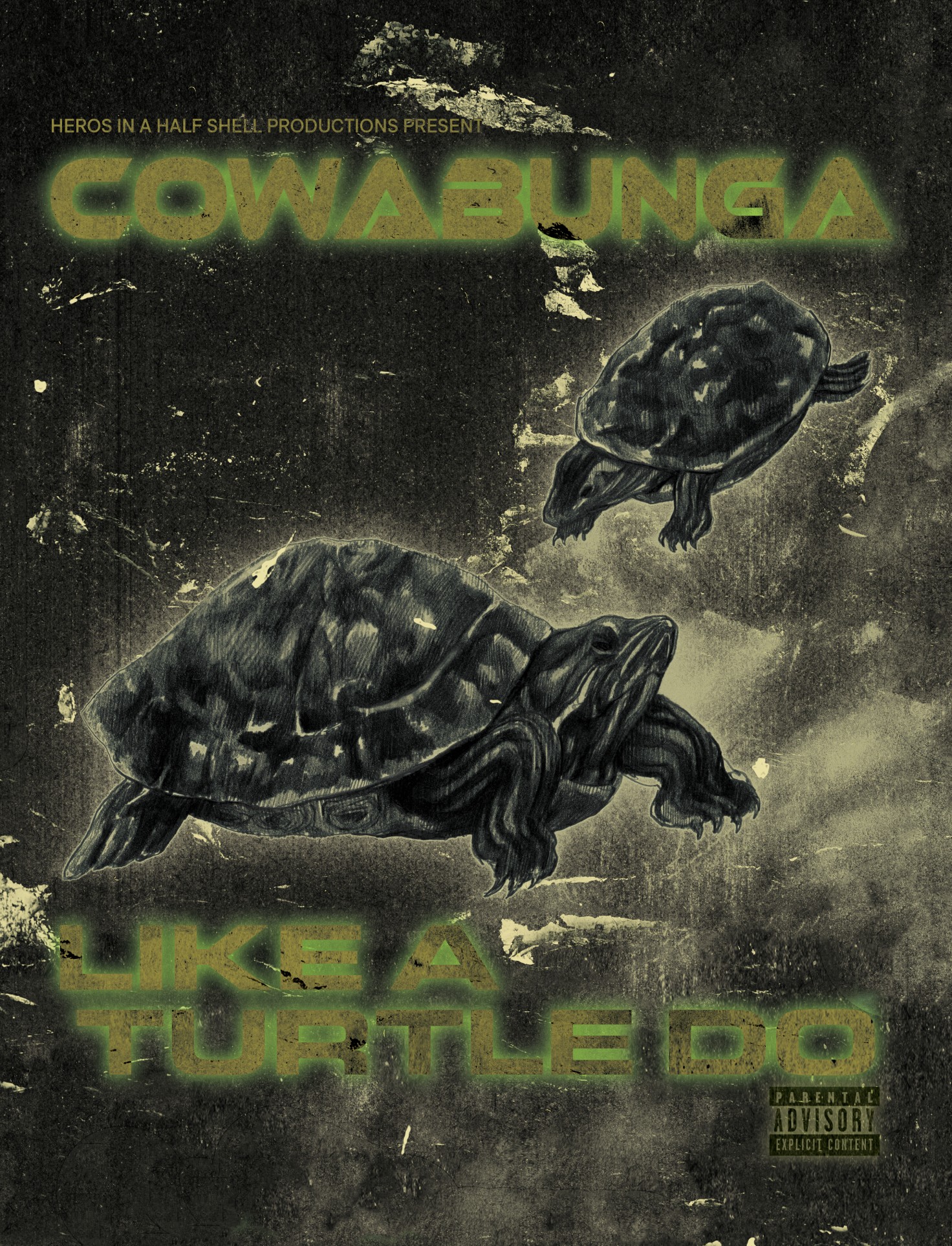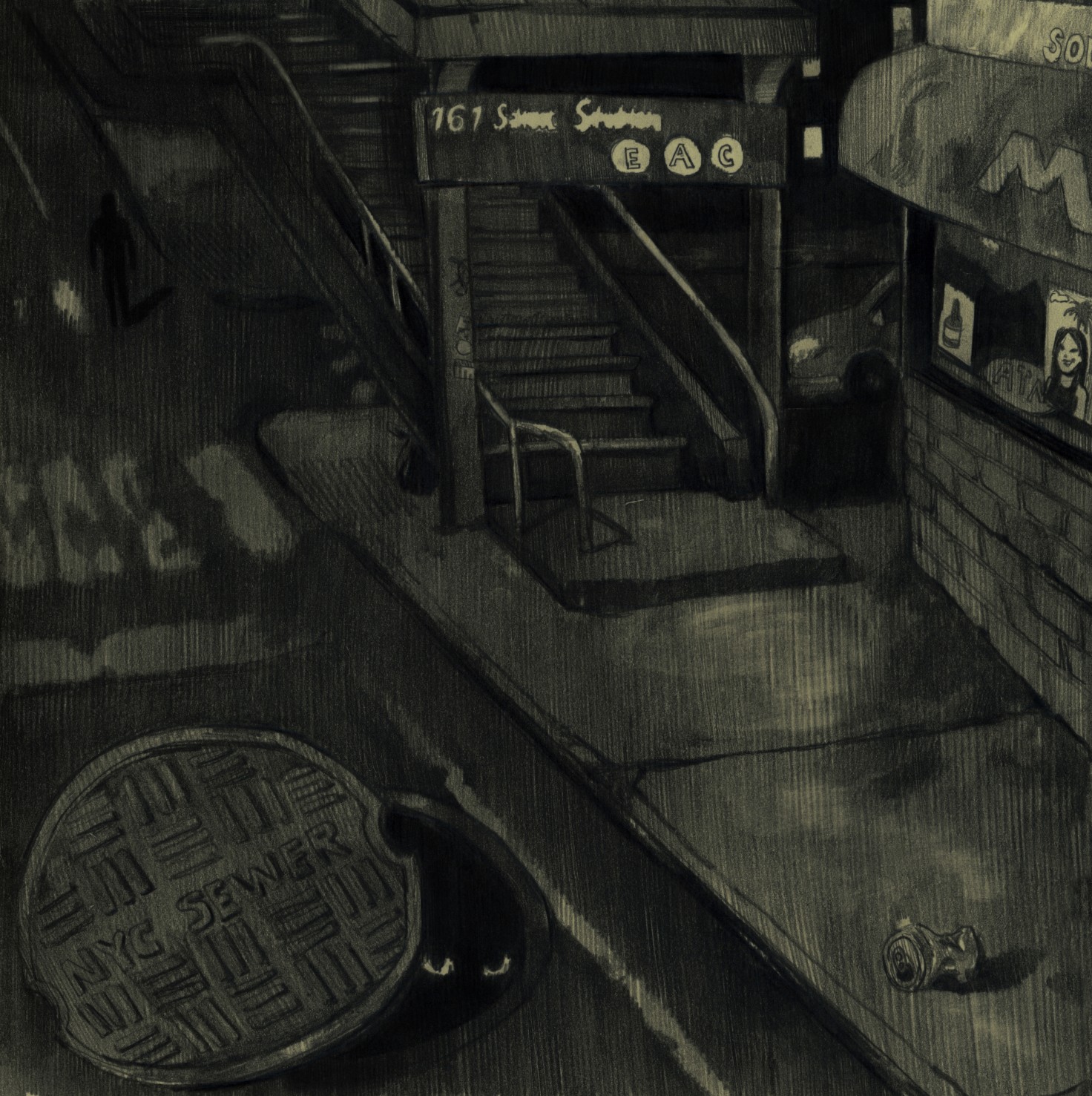In equal measure, as in other TMNT stories, Mutant Mayhem connects the brothers to the world outside their sewer through the culture they’re drawn to: anime, hip hop, R&B, and the many pop culture references they use as linguistic shorthand with each other. The portrayal of these interests and how they talk to each other feels like a refinement of the comics’ magpie-like approach. Here, the Ninja Turtles’ core traits remain present but are adapted to how a modern teenager might act. For example, Donatello’s affinity for tech translates to gaming and being an anime otaku, and Michelangelo’s party-dude attitude translates to a love of theater.
The film’s needle drops create a sense of knowing the distance between the directors and the characters they’re portraying. For example, tracks by A Tribe Called Quest, Blackstreet, and M.O.P. provide nostalgia for those in the directors’ age range, but the Ninja Turtles listen to current music, discussing their interest in newer artists like BTS and Beyoncé. Hearing Donny, voiced by Abbey, a young Black actor, talk with such enthusiastic fervor about anime took me back to the subconscious connection I felt with the Ninja Turtles since childhood. But this time, with Mutant Mayhem, my coding of the characters is apparent on the surface and less buried in projections.
As a multimedia franchise, other angles on these characters—from comic books to the ’80s TV show to previous films—inform the film alongside what the audience, many of us lifelong Ninja Turtles fans, might carry into Mutant Mayhem. Before the film’s release, confirmation of my intuition arrived as a crossover comic with the Mighty Morphin Power Rangers. In a moment of what feels like incredibly canny fan service, aware of how readership sees the characters, the quartet briefly takes on human forms in the comic book, and lo and behold, they are Black teenagers. Reactions to this, including my own, were mainly along the lines of, I knew it!, an affirmation of what’s been there all along. It made me feel a little less ridiculous for believing it innately, as those instinctual childhood ties yielded a conclusion—an instance of contemporary comic writers tuning into audience perceptions and listening to them more.
There has since been some resistance from fans who are upset about these racial revelations, with many believing there should be no coding or finding such visions contradictory to their own conceptions. Regardless of the naysayers, such affirmations are heartwarming to longtime fans and indicative of a very different pop culture landscape. We no longer have to search for such readings since they’re easily accessible in popular animation from across the globe—like how Cowboy Bebop (1998–1999) builds in references to figures such as Coffy (1973), one of the eponymous musicians in Carole & Tuesday (2019), or the self-explanatory Afro Samurai (2007). In shows increasingly directed at children, the 2000s offered Black lead shows such as Static Shock (2000–2004) and Fillmore! (2002–2004), and more have followed since Kipo & the Age of Wonderbeasts (2020) and Craig of the Creek (2018–).
The importance of finding examples of both Black-coded and explicitly Black characters, particularly in shows aimed at children, brings me back to Piccolo. Unlike the Ninja Turtles, Darwin, and other characters we have confirmation as Black or Black-coded, there’s no such meta-textual evidence with Piccolo beyond what audiences have inferred from the show.
Black viewers like me drifted to Piccolo because he was visually distinct from the other characters. At the time, as Colbert writes, Piccolo was “the sole representation of an ‘other’ . . . among a cast of white-presenting characters.” His alien nature was easy to empathize with, especially when I ended up in a school where the majority of children were white. Watching these comics, I understood Blackness wasn’t monolithic. I could extend what Blackness could be to characters I connected with, to characters who felt like they illustrated a piece of my reality on the screen. During a time when my white peers “were being taught that it’s virtuous to not see race,” characters such as Piccolo gave me and a generation of Black kids the tools to code characters and identify ourselves in media even if we weren’t meant to be reflected.
In 2023, this concept of coding characters takes on a different meaning. With more frequency, kids’ animation features character design that inspires such identification. For example, in Steven Universe (2013–2019), Garnet is a literal living crystal with an afro and speaks with the voice of musician and actress Estelle.7 Cartoons such as Steven Universe, itself heavily influenced by Dragon Ball Z and its predecessor Dragon Ball (1986–1989) and other anime, feel like a response to the lack of intentional Black representation in animation for decades. Characters such as Garnet take racialized readings of othered characters a step further, incorporating Blackness more explicitly into the makeup of the show. While steps toward better representation remain incremental, we’re moving past the need to settle for stereotypes or the inklings of Black fandom. Instead, we’re already there.




